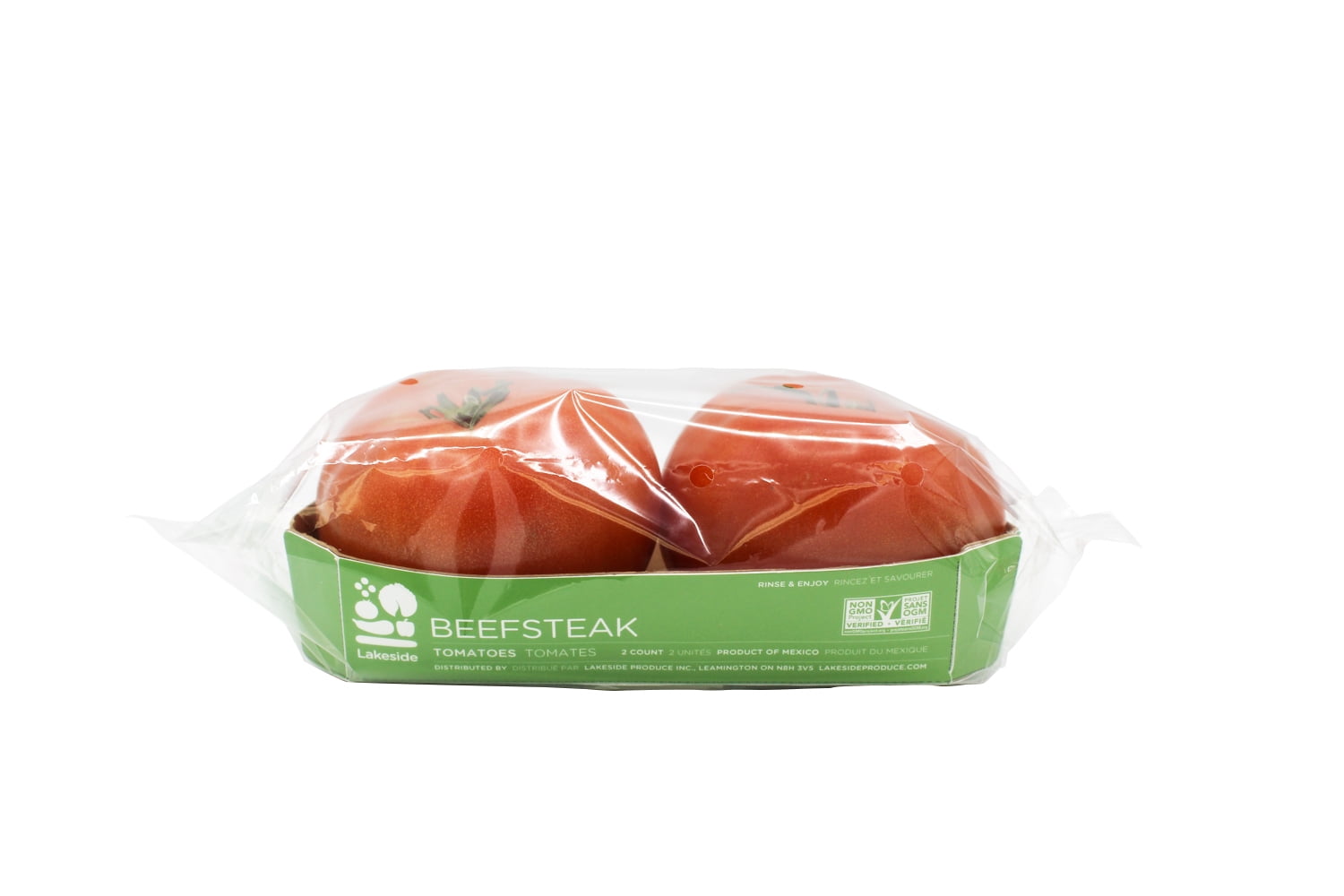Table Of Content

Yes, hot house tomatoes are a popular choice for salads due to their vibrant color, firm texture, and sweet flavor. They can be sliced, diced, or halved and added to a variety of salad recipes for a burst of freshness and flavor. Hothouse production is heavily controlled with regulated heat, hygiene, watering, and an intense fertilizing schedule.
Tell us: Is it ever OK to gather fruit from someone else’s tree?
In addition to disease resistance, plant habit is a consideration, and the two are partly related. Field varieties generally have high vegetative vigor, and plants with extremely vigorous growth are not recommended for protected culture. They become overcrowded, compounding the conditions that promote foliar disease development. They also require a lot more pruning and trellising, and can be difficult to harvest. Rangy growth is a trait common in cherry tomatoes, for example, which is why only a select few perform well in the protected setting.

Step 5: Creating a Top Using Plastic Wrap
Growers can manipulate the growing conditions to try different techniques and methods that can influence the taste of the tomatoes. This allows for the production of unique and diverse flavors that may not be achievable in traditional garden settings. The controlled environment of hothouses allows for increased nutritional value in the tomatoes.
Feed the plants properly
In addition, the quality and flavor of hot house tomatoes are consistent, providing consumers with a reliable and tasty option for their culinary needs. Some progress has been made and experts continue efforts for improvement. Small fruits like cherry tomatoes and early determinate plum varieties more closely match summer-grown tomatoes in flavor and texture.
Water your plants when the soil getsdry–if the plants are in pots or if it’s very hot out, this could meanwatering every day. If the soil two to three inches down is dry, the plantshould be watered. Before transplanting your tomato plants, use a clean pair ofshears to snip off all but the top two or three branches. Here’s hoping you have a bounty of tomatoes in various shapes, colors and sizes, right now in your garden.
Disease and Pest Control

To get the maximum number of tomatoes and really extend the growing season, plan on planting on a two-crop rotation. This means that a fall crop is seeded in early July or by early June and a spring crop is seeded in December to mid-January. Usually there’s about 36 inches (91 cm.) of work space between pairs of tomato rows that are spaced inches (71-76 cm.) apart. Transplants should be planted in moist soil so the stem is covered a half inch (1.3 cm.) or so above the previous soil line.
I would happily grow this variety again knowing it would yield plenty of pretty tomatoes for us. Hot House tomatoes are still grown outdoors but were cultivated in a hot house and thrive the best in greenhouse, “hot house” conditions. Hot House Tomatoes are vine ripened and are usually available from late July to October locally but are available year round from non-local sources. Some tomato varieties, like cherry, grape, and plum, are better suited for hothouse cultivation due to their smaller size.
Larger than cherry tomatoes but smaller than plum tomatoes, Camparis are commonly seen as the on-the-vine variety at grocery stores. Known for low acidity and sweet, juicy interiors, they are ideal cut into hearty wedges and added to salads. Nothing you can grow proves the superiority of garden vegetables over store-bought than the homegrown tomato. No contest, in fact no flavor is to be had in many commercially grown tomatoes.
Gardening in upstate NY: What tomatoes to plant in your home garden - Democrat & Chronicle
Gardening in upstate NY: What tomatoes to plant in your home garden.
Posted: Sat, 16 May 2020 07:00:00 GMT [source]
Also known as the paste tomato, it is the perfect pick for making tomato paste or sauce. Most commercial plum tomatoes sold in the U.S. are a version of the Roma. Hybrid tomatoes have their benefits, too, especially if you want to grow disease- or pest-resistant tomatoes. The history of tomatoes, their trip from the Andes and the gardens of the Aztecs to Europe and back to America is fascinating.
North American Greenhouse Tomatoes Emerge as a Major Market Force - usda.gov
North American Greenhouse Tomatoes Emerge as a Major Market Force.
Posted: Fri, 01 Apr 2005 08:00:00 GMT [source]
Belonging to the beefsteak family, it's also an heirloom, grown as far back as 1886. Its pink flesh delivers a meaty slice and is one of the most popular home garden cultivars. Sprinkle wedges with salt and pepper, then drag through mayo for a simple pleasure. This cherry-style tomato is the current darling of the tomato world. Like little jewels, Sungolds make a perfect sweet snack, adored by kids and adults alike.
Hot house tomatoes, also known as greenhouse tomatoes, are a popular option during the winter months when fresh garden-grown tomatoes are not readily available. These tomatoes are grown in controlled environments, allowing for year-round production. While they may not match the flavor and texture of seasonal, sun-ripened tomatoes, hot house tomatoes do have their advantages. Let’s explore the pros and cons of hot house tomatoes in more detail. A hot house tomato, also known as a hothouse tomato or a greenhouse tomato, is a type of tomato that is grown in a controlled environment, typically a greenhouse.
Jeanette Marantos is a Features reporter focused primarily on plants, gardening and Southern California’s changing landscapes for the Los Angeles Times. Times Plants newsletter, which includes a calendar of upcoming plant-related events. Email calendar submissions or plant-related story ideas to for consideration. Is gearing up for 2022 with 200-plus varieties of tomatoes and nearly 100 types of peppers, on sale starting Feb. 25 at Roger’s Gardens in Corona del Mar. Small and pear shaped, these tomatoes have a low acidity, so they are sweet, juicy, and rich.
First of all, to produce fruit, the temperature of the greenhouse should be F. This may require cooling of the greenhouse during the day, or warming at night depending upon your region. Air circulation is also important and is provided by exhaust fans as well as proper spacing of the plants. Circulation helps maintain a constant humidity level and reduces the incidence of disease.
Notice that the milk container gets wrapped into the design.Work you way up the cage and press the plastic wrap together as you move upwards. The plastic wrap functions as a wind barrier and containment system to keep in the heat. A greenhouse, whether warmed to become a hothouse or not, receives about 20 percent less sunlight than outdoors. If you live in a northern climate, consider this when deciding how to use your hothouse. Hot house tomatoes should be stored at room temperature until they are fully ripe.


No comments:
Post a Comment